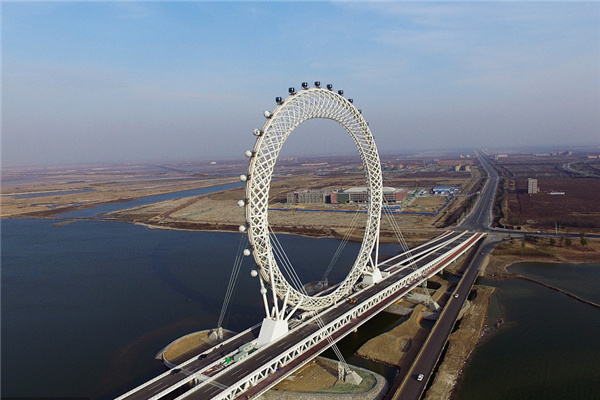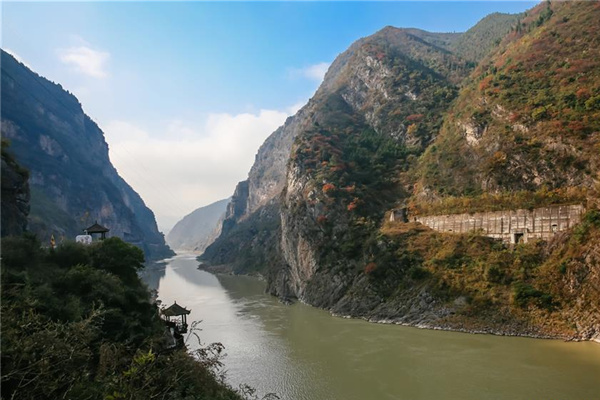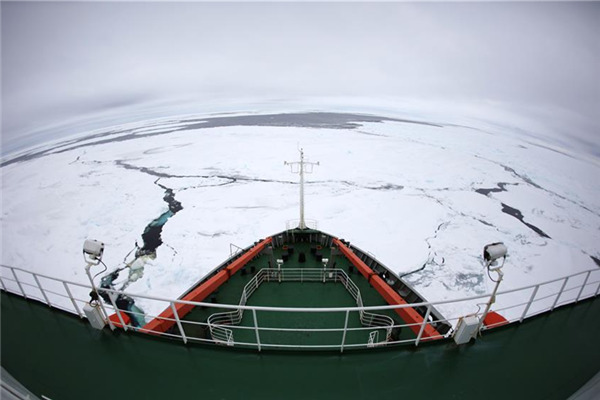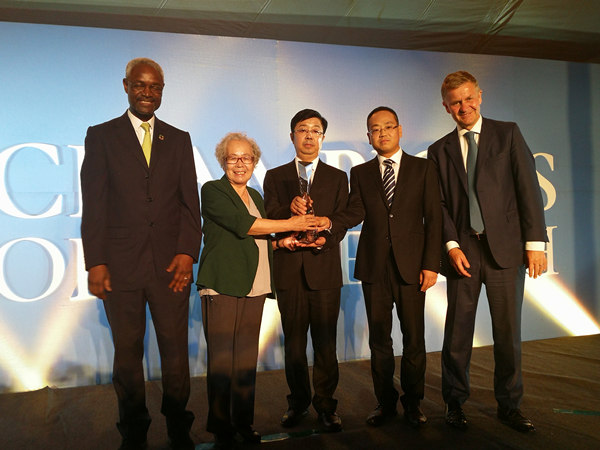

Only up to powering light bulbs so far, "salt power" is a tantalizing if distant prospect as high oil prices make alternative energy sources look more economical.
Two tiny projects to mix sea and river water - one by the fjord south of Oslo, the other at a Dutch seaside lake - are due on stream this year and may point to a new source of clean energy in estuaries from the Mississippi to the Yangtze. The experiments, which seek to capture the energy released when fresh and salt water are mixed, build on knowledge that has been around for centuries - in one case imitating the process of osmosis used by trees to suck water from their roots. Although they are far from being economically viable, if eventually successful they might help a long-term quest to diversify away from fossil fuels such as coal and oil, widely blamed for stoking global warming.
"We might well be able to find new promising solutions such as generating power naturally from osmotic forces occurring when salt and fresh water are mixing," Norwegian deputy Energy Minister Liv Monica Stubholt said in a speech earlier this month.
And rivers flow around the clock, an advantage compared to variable wind or solar power.
Oil, currently trading not far from a record $112 a barrel, is forecast to peak this year as a US slowdown reduces demand, but analysts polled by Reuters in February still saw the average price above $80 in 2010.
The UN Climate Panel said in 2007 energy sources such as waves, tidal power or salt are a long way off - unlikely to make a significant contribution to overall power needs by 2030.
The science at the heart of the projects is the fact that when salt and fresh water mix at river mouths, they are typically warmed by 0.1 degree Celsius (0.2 Fahrenheit). Dutch scientists say such energy at all the world's estuaries is equivalent to 20 percent of world electricity demand.
The plants may support hopes the technology can overcome hurdles, the most significant of which is poor cost-effectiveness of the membranes used in the process.
In Norway, power group Statkraft, which says it is Europe's top producer of hydro and wind energy alongside Electricite de France, is building a test plant costing $20 million.
"Ours will be the world's first saline power plant based on osmosis," says Stein Erik Skilhagen of the state-owned company.
The plant, at Tofte on the Oslo fjord, will have output of up to about 5 kilowatts - enough to run household appliances such as washing machines or heaters or a few dozen lightbulbs.
The Dutch Center for Sustainable Water Technology (Wetsus) will also in three to four months start a pilot "blue power" test at IJsselmeer in the Netherlands, from where water flows into the sea.
"At the start, it will be on the scale of 100 watts ... but we aim at this salt factory to obtain 1-5 kilowatts within one year," says Jan Post, a Wetsus researcher.
The Norwegian and Dutch plants use different systems but both depend on membranes placed between the salt and fresh water, which are currently prohibitively expensive and highly energy-intensive to produce.
"The Achilles' heel for this process is that there is no commercial membrane," says Menachim Elimelech, a professor of chemical and environmental engineering at Yale University in the United States. "It's not even close to being economical."
The membranes are similar to, but thinner, than those used at many desalination plants, when sea water is pressed against membranes that allow only fresh water through in a process known as reverse osmosis.
Makers of membranes such as General Electric, Dow Chemical, Hydranautics or Japan's Toray Industries focus most on membrane technology for desalination - a market growing by about 15 percent a year worldwide.
Ellen Mellody of GE Infrastructure, Water and Process Technology says the company has "an aspirational goal" of producing fresh water from salt through membranes at a cost of 10 cents per cubic meter, down from 70 cents to a dollar.
Asked about prospects for a separate market for power-generating membranes, she saw one "potentially, but not for about 5-10 years".
Agencies
(China Daily 03/24/2008 page11)













